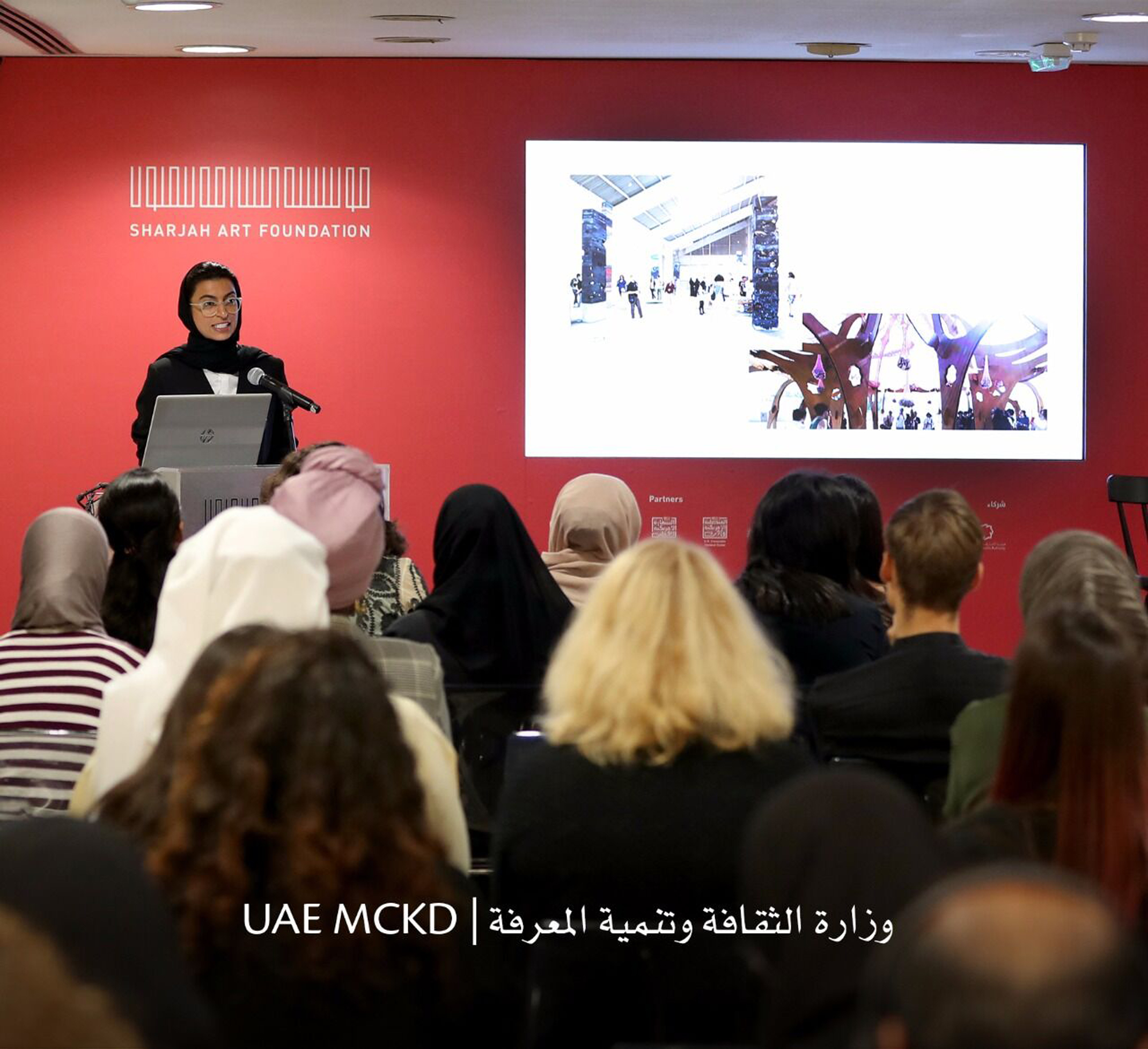

Overview
Sharjah Art Foundation, in partnership with the U.S. Consulate General Dubai, the Smithsonian Institution and the Sharjah Museums Authority, and with the support of the UAE Ministry of Culture and Knowledge Development, held a professional development programme about audience engagement on 22 and 23 April 2019.
Bringing together international experts and representatives from different institutions in the GCC, the two-day conference, titled Outreach and Engagement: Broadening Access to Arts and Culture, focused on community outreach and audience building. In her keynote speech, HE Manal Ataya, Director General of Sharjah Museums Authority said, ‘We must acknowledge that our audiences are creators as well as consumers of knowledge, and their insight can transform the museum experience for everyone, as, in my view, active public participation can only benefit a museum.’
Speakers from the Smithsonian Institution in Washington, DC and from Sharjah Art Foundation, Sharjah Museums Authority, Sharjah Public Libraries, Art Jameel, Rouya Consultancy, NAMA Women Advancement Establishment and NYU Abu Dhabi Arts Center in the UAE presented sessions about partnerships, research, education, audience engagement strategies, public relations and social media.
Attendees emphasised that, instead of competing with one another, organisations should work together to grow and diversify their audiences. One way this teamwork could take shape is by forming partnerships with other art organisations as well as embassies and consulates. In a second keynote speech, HE Noura Al Kaabi, Minister of Culture and Knowledge Development, concurred. ‘We believe that a strong partnership between educational and cultural institutions...motivates young individuals to develop their skills and showcase their work to local and international audiences.’
Marketing strategies beyond the use of social media and external PR companies were also discussed. For example, in an effort to involve school educators and their students, organisations could opt to hold teacher workshops and personalised after-hour tours that demonstrate how to integrate artwork into lessons. Students could also become representatives for their schools and work with arts organisations to plan programmes for young people.
Ensuring accessibility and inclusion is another key component for art institutions to consider. Staff must be equipped with the skills necessary to accommodate different languages, learning styles, ages and abilities.
Summing up the importance of broadening audiences, Al Kaabi said, ‘Our role as cultural and artistic institutions is to ensure that we preserve our tradition and heritage and make it accessible to everyone so that society can thoroughly enjoy the rich cultural landscape.’
